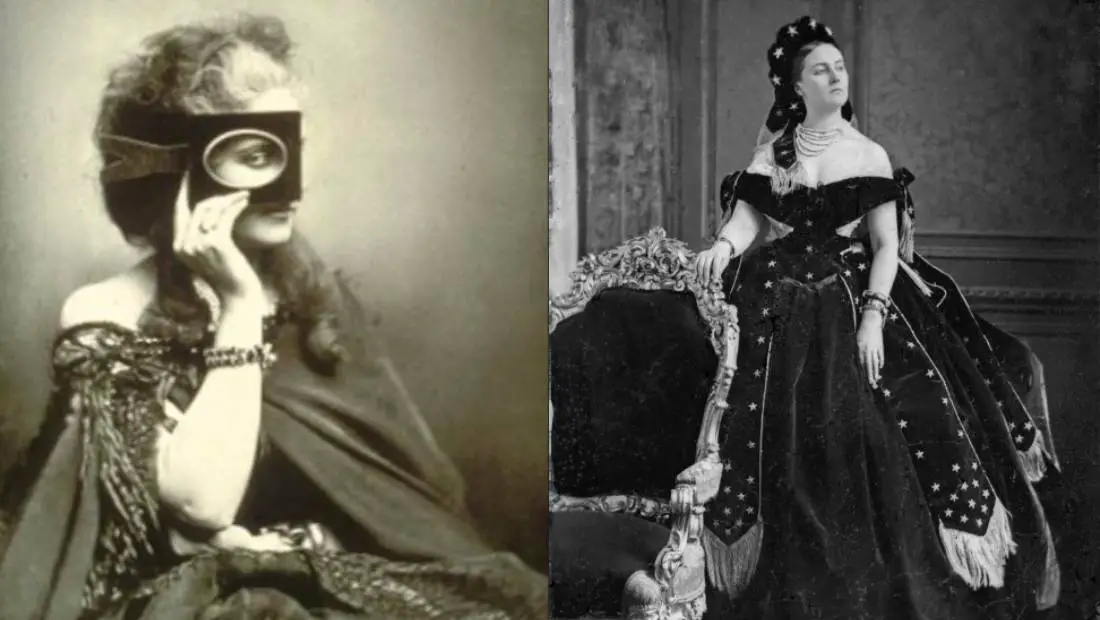Name : Virginia Elisabetta Luisa Carlotta Antonietta Teresa Maria Oldoïni
Birth : 22 March 1837
Death : 28 November 1899
Title : The Countess of Castiglione
Husband : Francesco Verasis
Children : Giorgio Verasis di Castiglione
Virginia Oldoini, infamously known as The Countess of Castiglione, was a femme fatale, and an icon in her time, breaking traditional stereotypes, turning eyes and bending knees, wherever she set foot.
A pioneering model and a bounty of Narcissism , she took “self love” to a completely different tangent. The Countess of Castiglione is one of the most bewildering woman known to history.
Born into Novelty
Virginia Oldoini was born into a noble family in 1837, in Florence,Tuscany. Her birth name- Virginia Elisabetta Luisa Carlotta Antonietta Teresa Maria Oldoïni, was as long as the legacy she left behind.
Hence she was popularly known by her nickname Nicchia, meaning “niche” in Italian, a name quite fitting for an ornamental woman.
Early marriage
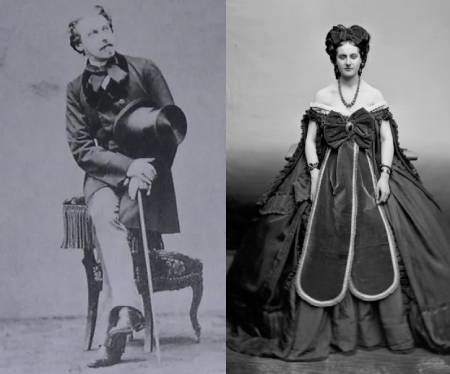
Virginia was given into marriage at the age of 17, to Francesco Verasis, the Count of Castiglione in 1854, hence becoming the Countess at the prime of her life.
As it was prevalent in ancient times, the Count was 12 years older than his wife, deeming their marriage inharmonious.
The Countess was a rebel, she did not conform to the traditional roles of a woman and a wife, as it was expected of her and did what she pleased.
She allegedly had an illicit love affair with a naval officer, right before the day of her marriage to the Count, tagging herself with an anarchist title.
A Scurvy Expedition
The Countess had a number of noble social relations. Her cousin, Camilo Benso, was a minister in the court of Victor Emmanuel II, the King of Sardinia.
Just a year after their marriage, in 1855, the Count and Countess travelled to Paris, to the court of Napoleon the III of France.
Shrouded from her husband, the Countess had undertaken an undisclosable mission proposed to her by Camilo.
A Vile Proposition
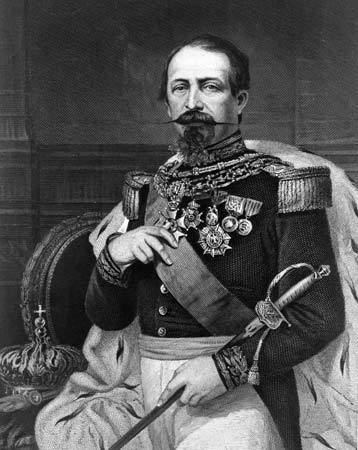
Count Camilo, was fixed with the ambition to unify Italy. His devotion led him to confide in his cousin.
Camilo was abreast of the mesmerising effect Virginia had on men and hence he pleaded with the Countess to join hands with him.
He asked Virginia to travel to Paris and convince Napoleon the III to be their aide in the unification of Italy.
Virginia gladly accepted the offer, with the condition of using “any means necessary” to lure the King.
The Countess and Her Inamorato
King Napoleon III did not have a clean history when it came to being loyal to his wife.
The war against Austria was not his only conquest, he was also a skirt chaser, indulging in mischievous antics of infidelity, making him the perfect prey for the Countess.
Virginia had successfully enticed the Emperor and became his mistress, much to the dissatisfaction of his wife, Empress Eugenie.
La Divina Contessa
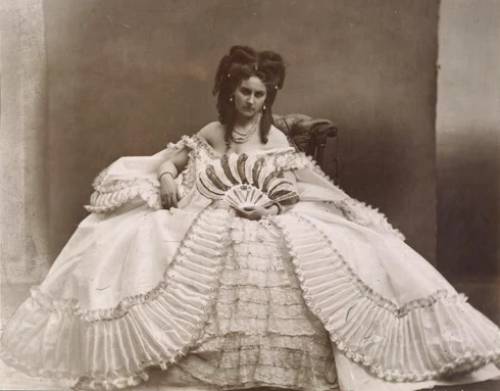
The Countess of Castiglione was popular in the court of Emperor Napoleon III. She was titled “La divina Contessa” literally translating to The Divine Countess for her beauty and charm.
Being a fashion showstopper, she was an icon and the talk of the town. Nevertheless, her allure and artistry came with a baggage, known to only a few.
The Countess was a Narcissist, seeking attention and applause to the point where men found her to be a pain in the neck.
In her biography, she explicitly described herself as “The Eternal Father did not know what he was creating the day he sent her into the world.”
She often stood in the middle of the court, asking men to worship her like the goddess she was.
Her ego was so grand that she usually refused to speak to women, regarding them as inferior to her beauty. Well, she did pay for the consequences of her nastiness.
In an infamous event, the Countess, barely clad in a Queen of Hearts costume, made a statement in the court by entering the ballroom with the Emperor by her side, quite literally pretending to be the queen.
This scandalous move of her’s took the forum by surprise.
The First Model
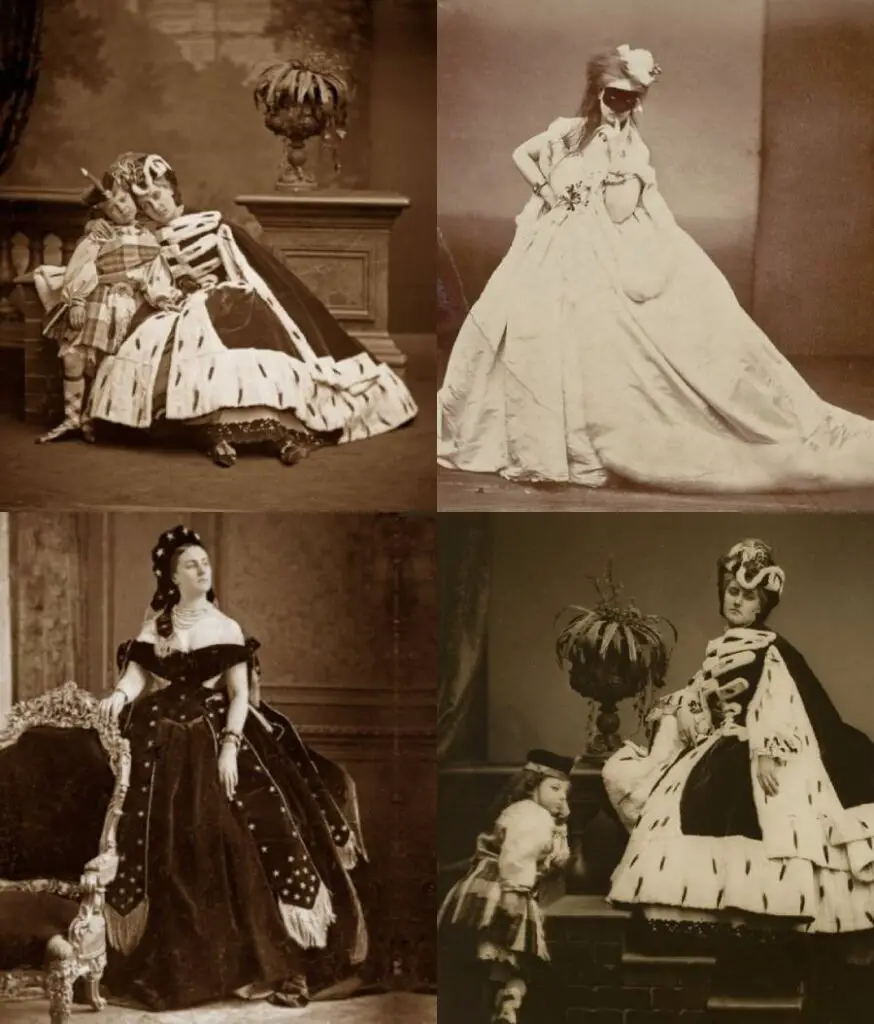
Other than spending days dallying with her Romeo, the countess developed a new hobby during her expedition in France. At the peak of her Narcissism, she voluntarily modelled and took controversial pictures of herself. Quite expected from a Queen.
She found her niche in Mayer-Pierson photographic studio on Boulevard de Capucine. Along with photographer Pierre-Louis Pierson, Virginia managed to take around 700 photographs of herself.
She often hand painted over her photographs and directed her shots, to put forward her best angle, much like a supermodel.
At the pinnacle of her self love journey, Virginia sent out her portraits to friends and acquaintances in the form of albums, duly autographed as a sign of her abounding favour towards them (which was obviously unasked for)
Not surprising enough, the Countess took questionable pictures of herself, baring her legs and feet to the camera.
It might seem ordinary for us today, however it was a grave act of shame for women in the 19th century.
Fallen Angel
After learning about her expensive taste in men and attire, both not quite hidden,The Count of Castiglione divorced his wife in 1857, which did not come as a surprise to her.
The grandeur of each of her outfits came with an exorbitant price, making her not so dear husband bankrupt during the two years of their marriage.
He left for Italy, leaving his Countess engaging in her newly found hobby in France. By 1860, The Divine Countess had fallen from grace in Napoleon’s court and had become an eyesore for the Emperor who had moved onto newer conquests. This did not shake our Countess as she was content with her new venture.
The Countess continued to enjoy her expensive taste in men and self-indulgence until it took an eerie turn. She lost her charm and beauty and took ghastly and unnatural pictures of herself, posing in a coffin with her dead dog.
Soon after the divorce, The Countess took a rather popular photograph in today’s time, dressed in a gorgeous gown and holding a knife in her hand, titled “La Venegance”, and sent it to her husband as a befitting reply.
When he tried to gain full custody over their only son Giorgio not so subtly indicating her bitterness and disgust towards her ex-husband. The Countess sure was bold
Estranged Admirers
Without a doubt, the Countess had gained much popularity among men of cadre in France. Robert de Montesquiou, a French poet, was once such Romeo so obsessed with his Juliet, that he collected 400 of her photographs.
All thanks to him, the relic could finally be displayed in the Metropolitan Museum of Art in New York, where she deserves to be.
Her Final Days
If there was one thing Virginia could not come to terms with, it had to be ageing.
She returned to Italy in 1857, appalled by her slowly wrinkling face, discolouration of her skin and losing the twinkle in her eye, which caught her lovers in a trance.
After the death of her son, Giorgio who succumbed to smallpox, in 1879, she felt disgraced and refused to leave her house. Her room was painted black, windows sealed and mirrors removed from every nook and cranny.
She only ventured out of her gloomy residence at night-time, covering herself from head to toe in a black gown, and a veil over her face, ashamed of anyone getting a glimpse of her destitute state.
A Tragic End
The Divine Countess faced a not so divine death in 1899. La Contessa descended into madness, stemming from her undying self-obsession and Narcissism.
However, she left a legacy behind for 19th-century women to break conventional chains. With her notorious ways, she succeeded in enticing king Napoleon III to help unify Italy, which was achieved in 1861.
Though the credit goes to Otto von Bismarck for his bravery, Virginia Oldioni, The Countess of Castiglione, though not following a diplomatic route, was a great influence in the Unification of Italy.

